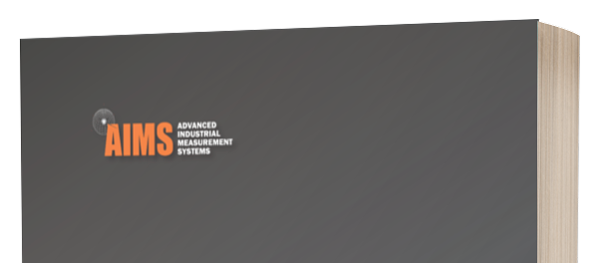
Five-axis machine tools are becoming more cost efficient as the technology evolves. The capability to produce higher quality parts and increased throughput has pushed 5-axis machine tools into the spotlight over the last few years. Inherent limitations are also being ushered out of the way with updates in cutting tools and CAD/CAM software. The combination means operators can generate smooth, accurate 3D surfaces in challenging materials faster while extending tool life. Mold and die makers are already reaping the benefits but these improvements also support a number of 3D applications for aerospace and orthopedic applications.
Aside from the obvious benefits of saving time and money, there are other benefits to be gleaned from 5-axis machining. Because the equipment can be moved five ways around a multiple axis at the same time, an operator can manufacture complex parts efficiently. Other benefits include:
Unlike the traditional method, 5-axis technology creates complex geometry using fewer steps. Multiple set ups are possible with 3-axis machining but added steps making reaching the final design less efficient.
Three-axis machines often require complex fixtures to create orientation. Five-axis means an operator can make complex shapes in one set up, saving time and cost and eliminating the potential for errors.
Five-axis machines remove material faster because the cutting tool remains perpendicular to the cutting surface. Cycle time is reduced as well as costs.
Surface finish is improved compared to a traditional 3-axis machine. An operator can also achieve smaller cuts. The ability to provide a better surface finish faster means improved lead times and speed to market.
Like machining, measurement is an essential part of manufacturing. Once parts are machined, measurement steps in to control processes and verify products. Measurement time though is sometimes viewed as a potential bottleneck in the supply chain. This is especially true if your machining equipment and CMM are mismatched.
Five-axis measurement capability for CMMs is perhaps one of the biggest evolutionary steps introduced to industrial metrology. With it, fabricators are able to retain accuracy without sacrificing speed. Demand for 100 percent part inspection and the ability to process big data and measure complex features in a smart factory environment is impacting mainstream manufacturing making it critical for manufacturers to match their 5-axis machining tools with 5-axis CMMs.
AIMS’ 5-axis HB, the only 5-axis mobile CMM in the industry, can monitor data process flow in real time because the Renishaw PH20 obtains high-density points for feature size, location and form for accurate, actionable data. The machine can also be moved anywhere in the supply chain to gather data at the point of use.
The lab-grade LM is fitted with a Renishaw 5-axis REVO 2 which is able to collect work piece data with 2D and 3D tactile probes, a surface roughness measurement probe or non-contact vision probe. Linear motors work off of permanent magnets that don’t wear out. Electronic signals are sent to the motor, using the natural force of the magnet to generate a small magnetic field that interacts with the magnets. The result is precise positioning and reliability along with little to no maintenance. The LM has a granite work plate and aluminum mobile bridge for higher rigidity and lower inertia.
Contact us today to find out more about how our 5-axis CMMs can partner with your 5-axis machining tools.

